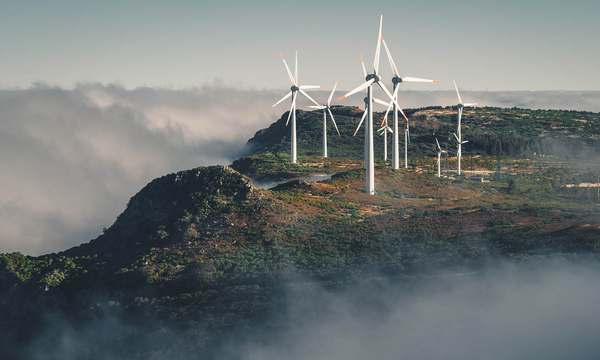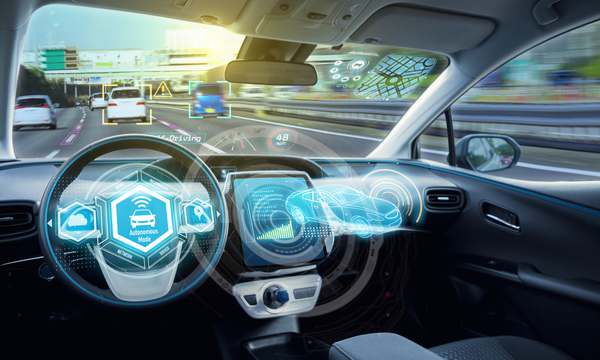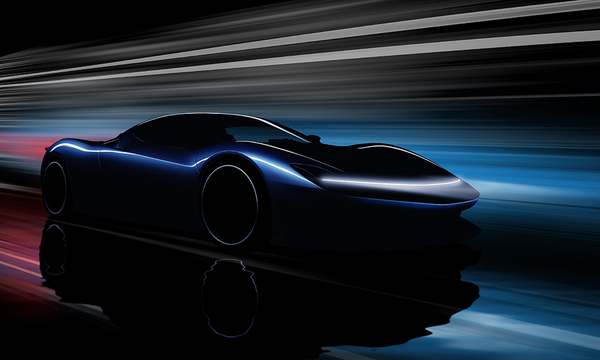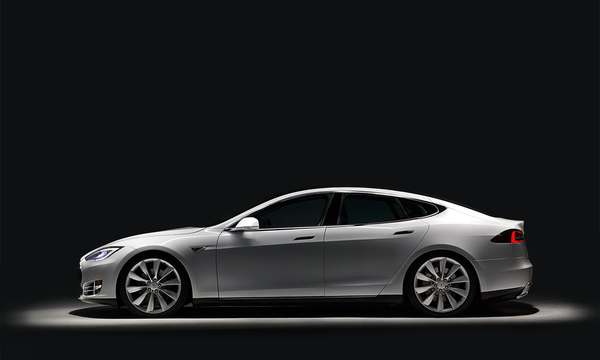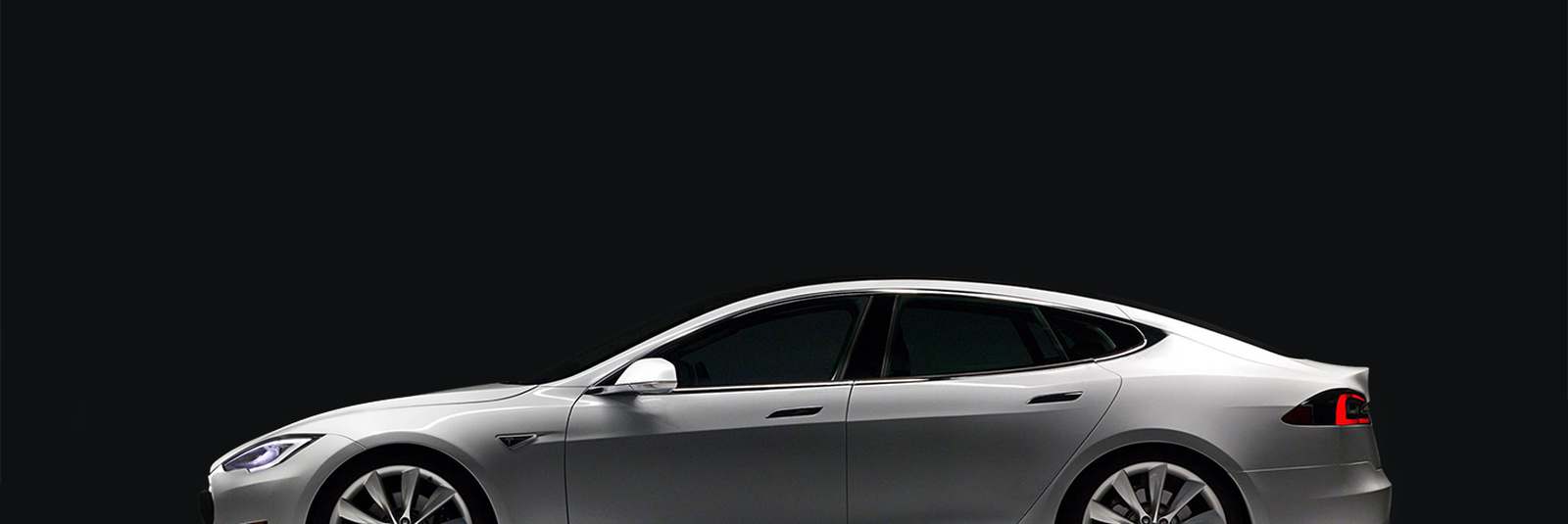
Driverless Cars coming our way, faster than you think
This article is from the CW Journal archive.
Almost everyone involved in the automotive, transport and mobility sectors believes that significant technology-driven change is coming. Both established vehicle manufacturers and new entrants such as Google and Tesla have many projects underway, not only aimed at autonomous or “driverless” cars but also exploring the various concepts grouped under the banner of Mobility as a Service (MaaS).
These concepts were discussed at the CWIC Starter Transport and Mobility event on 23rd March 2017. All the major stakeholders were there: car makers, autonomous systems developers, telematics and traffic analysts, shared and hire-car services, the insurance industry and naturally – given that this subject will hinge so much on future regulations – lawyers.
Many interesting concepts were brought up. Julian Turner of Westfield Sportscars, a company famous for offerings such as the GTM (very much drivers’ cars) was very enthusiastic about the possibilities which autonomy and networking could unleash for vehicle manufacturers. Westfield is developing the concept of driverless “pods” useful for “last mile” tasks such as home deliveries, school runs and mobility within large complexes such as hospitals or shopping centres.
|
Check out more from this Special Interest Group (SIG) |
Quite apart from autonomy there is the matter of future vehicle networking, a field which is potentially even more complex, especially if networking is used for safety, with the attendant legal ramifications.
The problems of autonomous driving could be appreciably simplified, for instance, if every vehicle were sharing its location, direction of travel, speed (and perhaps, its intentions) with other vehicles nearby. Ships at sea already do this using the Automatic Information System (AIS). Such a system could have prevented the well-known crash last year in which a Tesla car on “Autopilot” hit a truck crossing the road ahead.
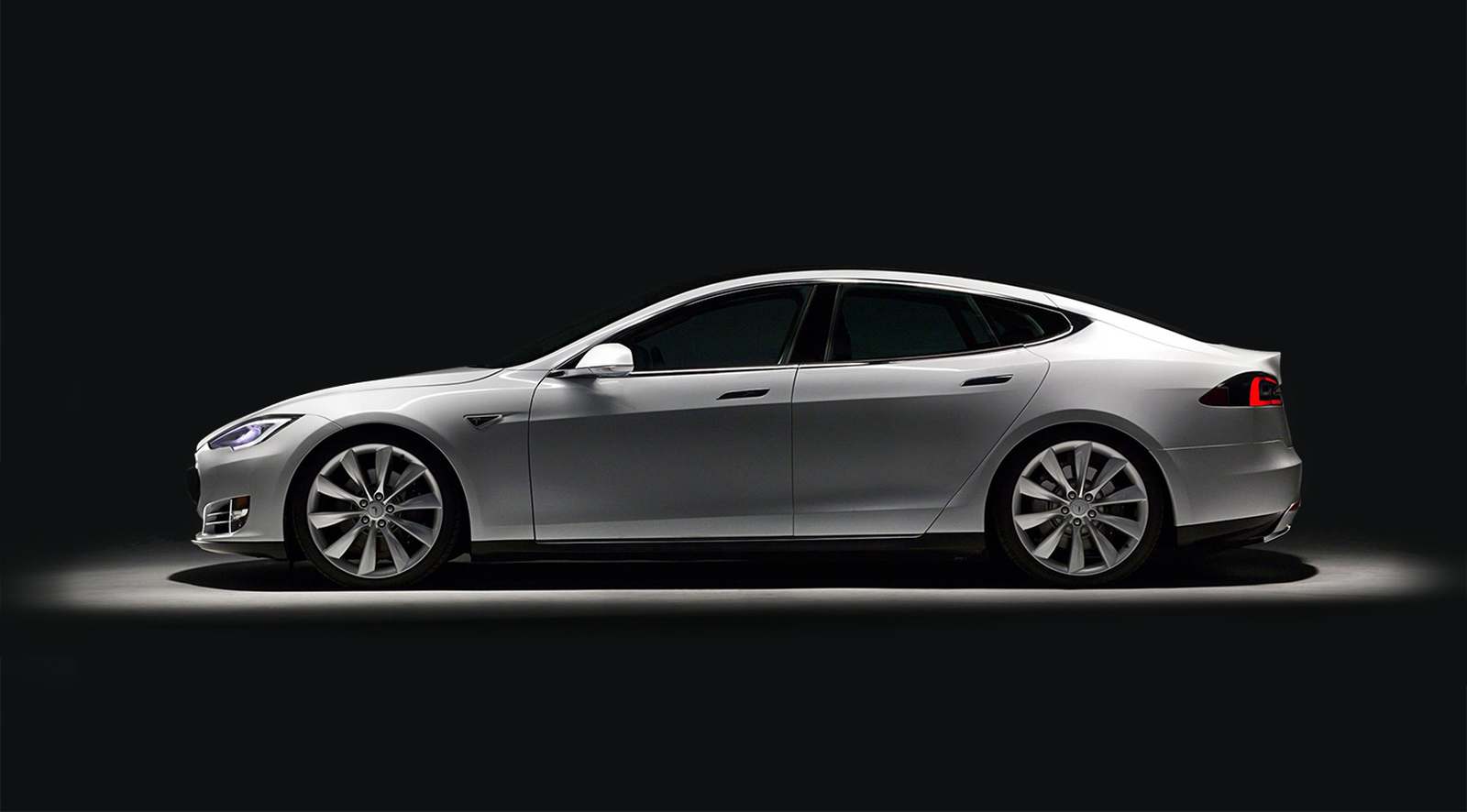
Networking between vehicles and traffic-control infrastructure could also permit autonomous vehicles to tailgate as routine at high speeds, allowing the roads to carry much more traffic and hugely improving fuel efficiency. This is an idea imagined as long ago as the 1970s (Judge Dredd’s megacity of the future had a prison placed on a traffic island, normally escape proof due to the continual flow of high-speed computer controlled vehicles hurtling around it).
It could even be that the autonomous, networked vehicles of the future would mean more personal cars and journeys, not fewer. With a personal car that could be summoned by app, you would not need a parking space either at work or at home to use it for commuting. In such a case there would be as many as six car journeys per commuter per day rather than just two.
At the moment, however, no vehicle has yet been permitted onto a public road without a human driver. The many trials which have taken place have all had human “safety drivers”, usually required for practical purposes and always for legal ones – as Stephen Hamilton, partner at event sponsor Mills & Reeve, reminded us.
The technology will be there: indeed, in many cases it is already there. It isn’t clear when it will be allowed to reach its full potential, however.
|
GET CW JOURNAL ARTICLES STRAIGHT TO YOUR INBOX Subscribe now |
Lewis Page has been a technology journalist and writer for over a decade. Before becoming editor of CWJ he was the editor of (in)famous tech tabloid website The Register. He has also written for the Guardian, the Telegraph, Prospect magazine and many others. He has a degree in engineering from Cambridge University.


